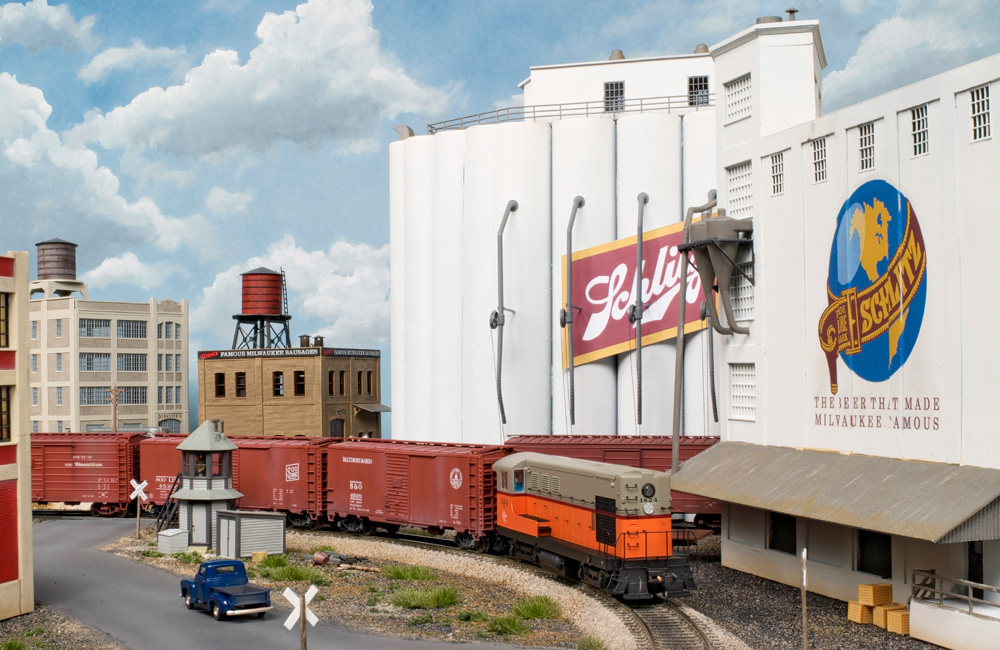
Q: I am modeling the Milwaukee Road’s Beer Line in HO scale. Which trains worked the Beer Line, and what were the train numbers they used? I can’t find any information on the internet. They didn’t just call them “Midnight Beer Train” or “Elevator Job,” did they? — Jerry Lane A: The Beer Line is near […]
Read More…
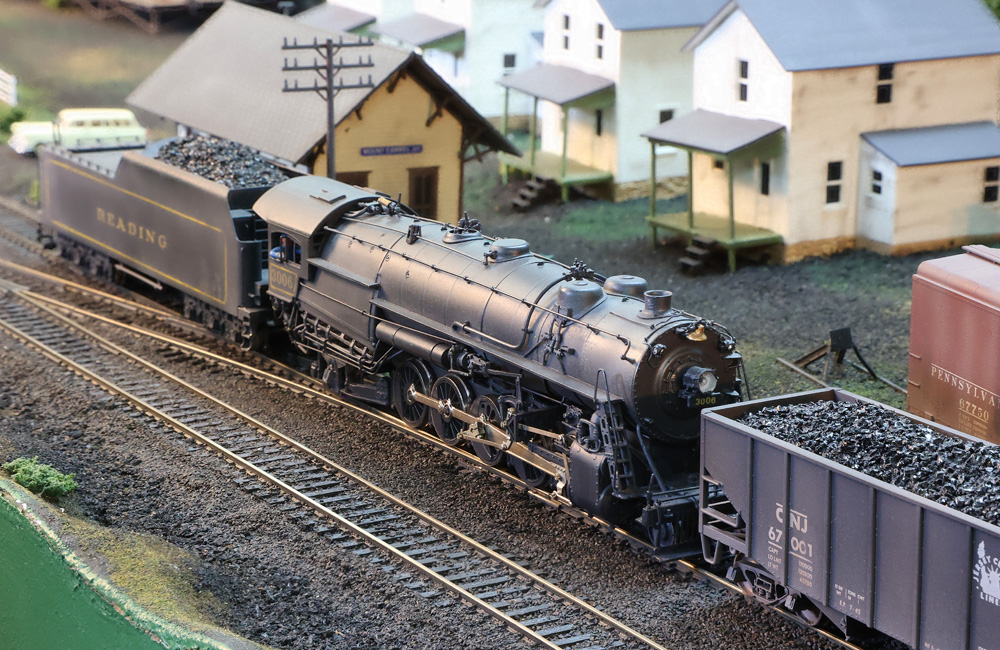
Q: I’d like to know how trains turn around at the end of a branch line in the caboose era. I have great affinity for turnaround operations and am designing a new N gauge layout that might feature several of these operations. How do the crews manage to reattach the caboose on the end of […]
Read More…
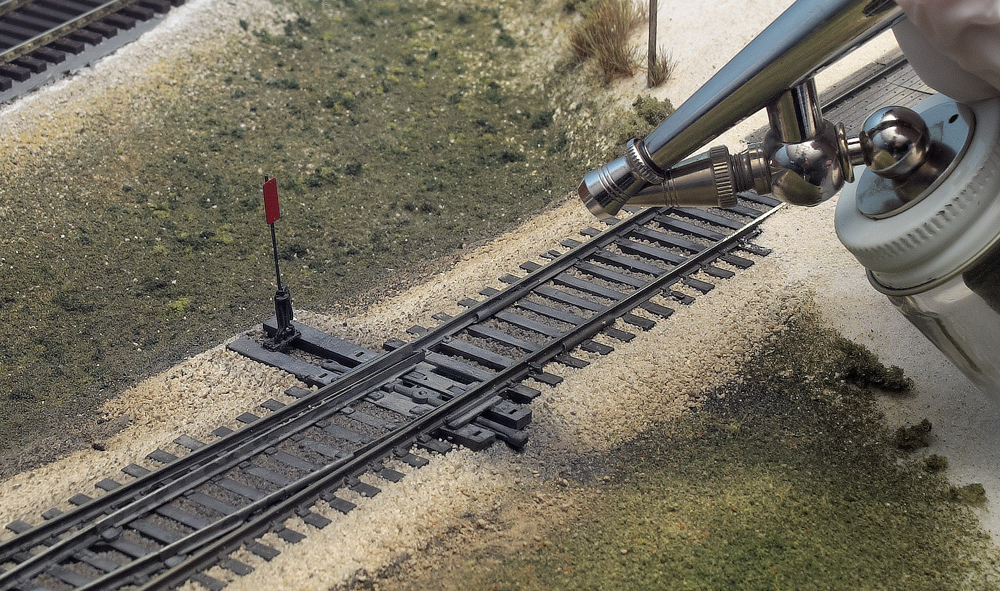
Regardless the size, model railroads require regular maintenance. Cleaning track, dusting scenery and structures, and maintaining equipment are just some of the things that require attention. Not keeping up on these tasks will lead to a layout that runs poorly, looks tired, and potentially cause you (and/or members of your operating crew) to lose interest. […]
Read More…
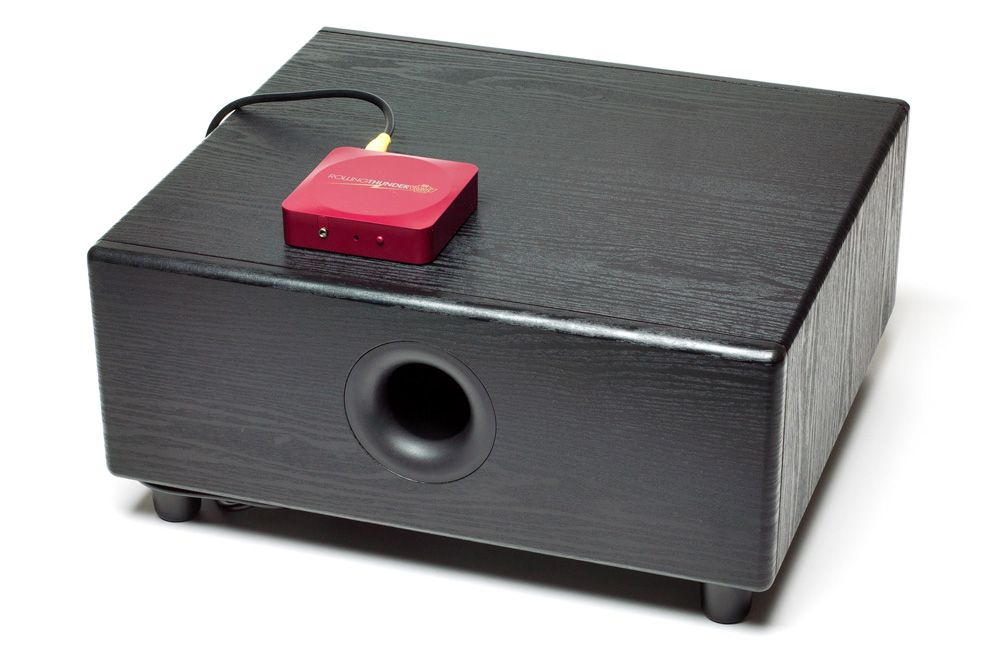
Q: I’m considering converting my N scale diesel fleet to DCC. I have a concern about getting realistic sound in N scale locomotives. On videos of model railroads I have watched, the diesel acceleration and running sound seems to feature the high-pitched whine of the diesel generators. When I railfan real diesels around the Pittsburgh […]
Read More…
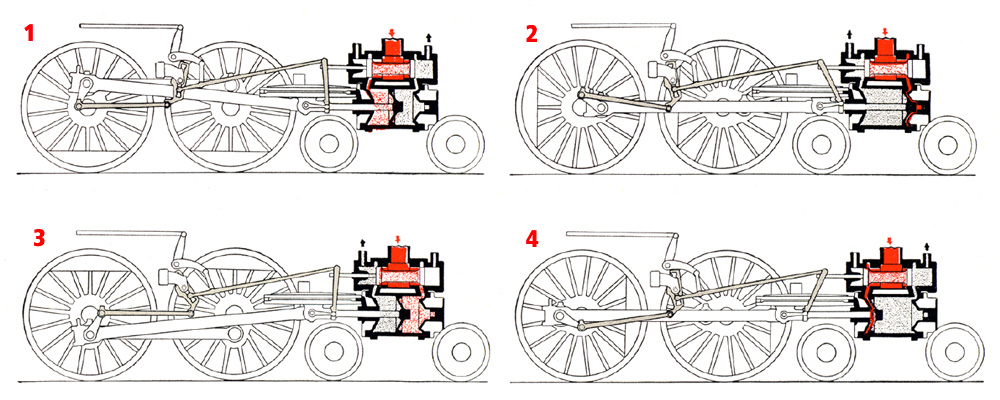
Q: What causes a steam locomotive chuff sound? — Tom Huckaby A: Whether you call it a chuff (the railroader’s term), puff, or chugga-chugga, that distinctive sound is made by spent steam and exhaust smoke escaping through the smokestack of a steam locomotive. For a more detailed explanation of what’s going on in a steam […]
Read More…
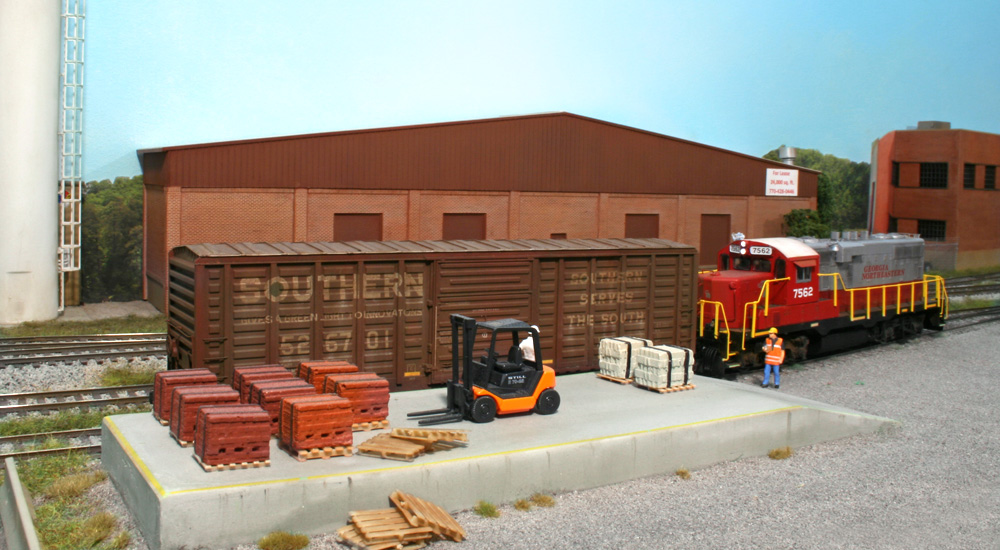
Q: I keep seeing references to “team tracks” on track plans. What are team tracks, what are they for, and how can they be incorporated into operations? — Damien Bouchey A: The idea of the team track probably dates back to not long after the invention of the railroad. After all, a team track is […]
Read More…
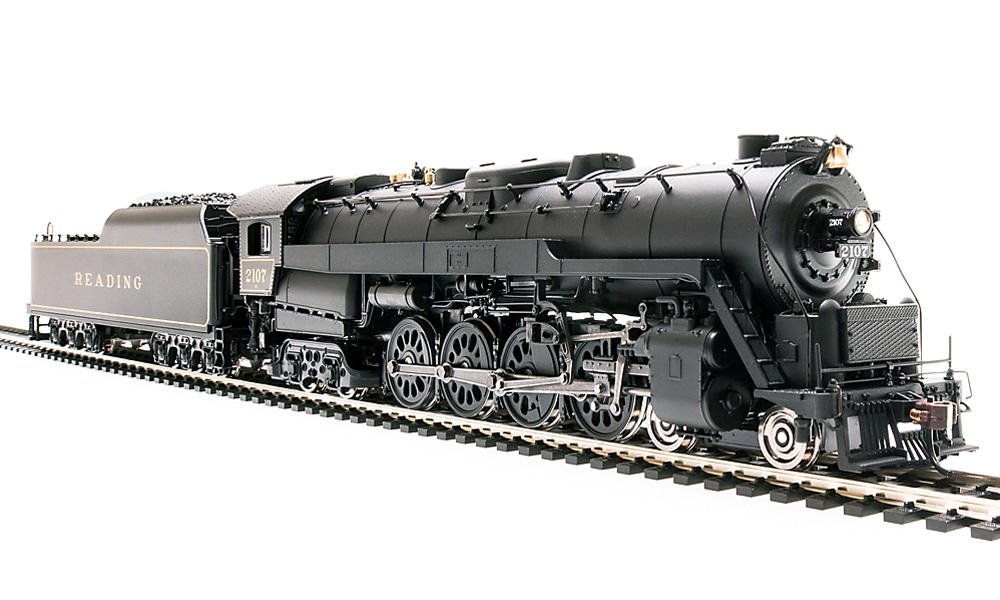
Q: My HO scale Broadway Limited Imports Reading Co. T-1 steam locomotive is making clicking noises. The strange popping, cracking noise is most noticeable in curves. Otherwise, the engine runs fine. Although it was bought some time ago, it is operationally new. I’ve attached a short video. Any thoughts? — Bill Franz A: It’s hard […]
Read More…
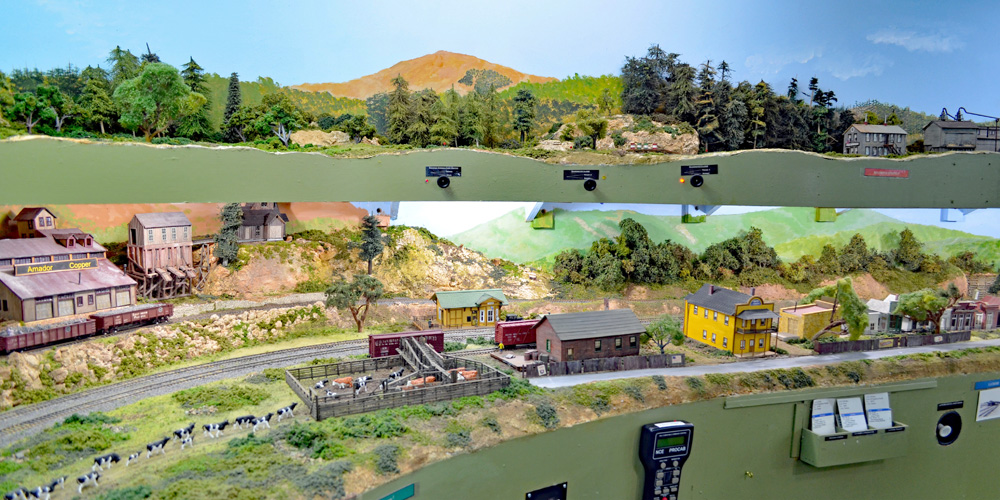
Q: I need to calculate the grade on a double deck layout. Though I’ve been interested in model railroading since I was a child, it’s been quite some time since I was active in the hobby. Now that I’m retired, I’m planning a layout. After much deliberation, I’ve settled on a two-level around-the-walls design. My […]
Read More…
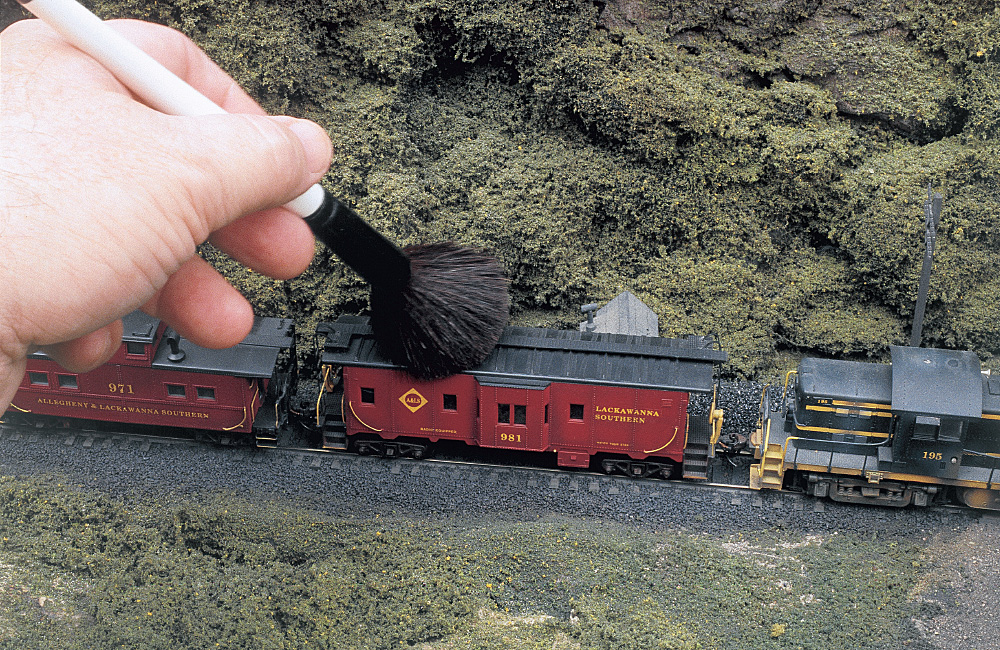
If you’re looking forward to hosting an operating session, open house, layout photo session, or just a visit from friends and relatives, you want your layout to make the best possible impression. But there’s more to cleaning a model railroad than just polishing the track and wheels, as important as those things are. Dust is […]
Read More…

Q: Do you have any suggestions on how to replace trucks on Walthers HO Horizon cars (item No. 932-6073)? — Daniel Kielty A: That part number corresponds to an HO scale Massachusetts Bay Transportation Authority commuter car. The Horizon fleet passenger cars, used by Amtrak as well as municipal transit authorities like MBTA, were built […]
Read More…
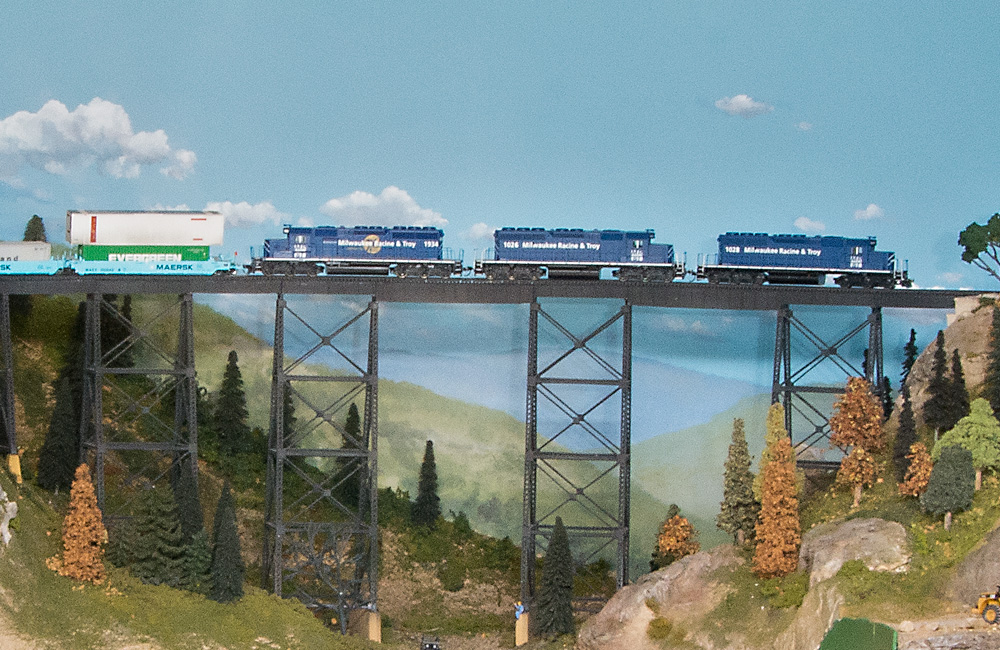
Q: I have a trestle bridge above a deep ravine on my HO scale layout and would like to automatically slow DCC locomotives approaching the bridge to avoid too rapid an entry. Using DCC, is there a method to provide such “auto deceleration?” — Paul Savello, Cedar City, Utah A: Hi, Paul. Such a thing […]
Read More…
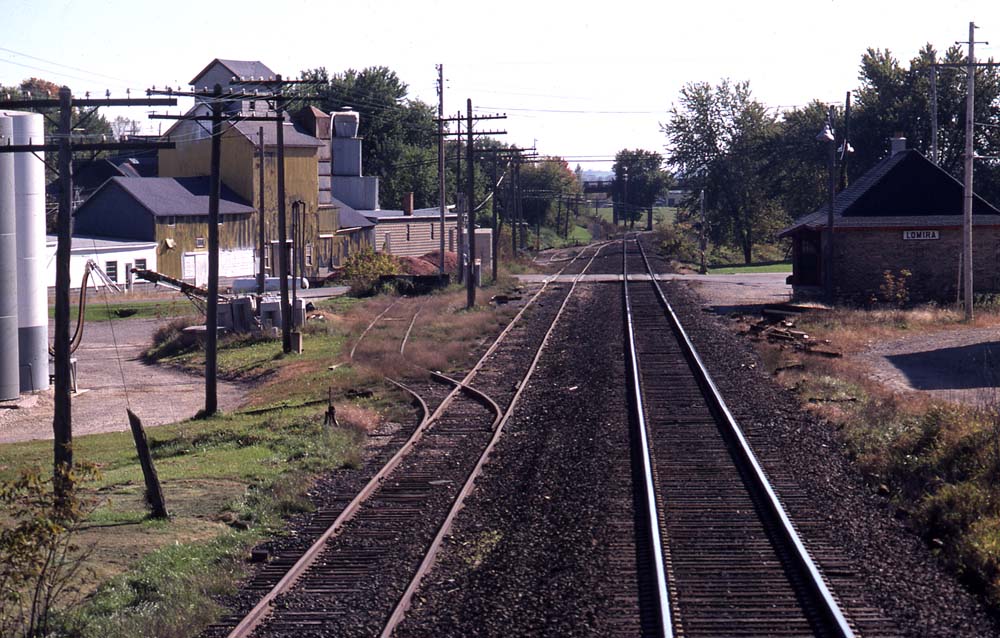
Model railroad track codes Breaking the Code Model railroad track is sold in rail height variations called “codes.” This indicates the height of the rail in thousandths of an inch. Common sizes in HO scale: Code 100 (.100″) Code 83 (.083″) Code 70 (.070″) Common sizes in N scale: Code 80 (.080″) Code 55 (.055″) […]
Read More…












